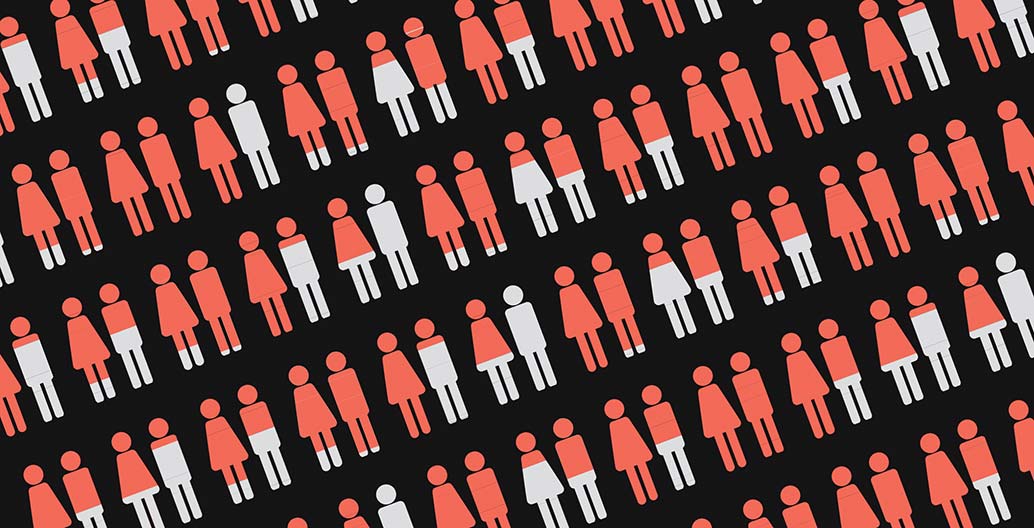
Landscape architecture’s gender gap revealed in new report
Gender equality in landscape architecture is improving – slowly, and mainly for the young.
The Australian Institute of Landscape Architects (AILA) has released a report examining how gender affects careers within landscape architecture in Australia. It found that while the profession may be doing better than others in construction industry services, challenges remain.
The Census Report 2001-2016 – Women in Landscape Architecture is based on census data from the Australian Bureau of Statistics’ (ABS) four censuses of the 21st century. Led by Dr Gill Matthewson with the assistance of Parlour and XYX Lab, Monash University, the report’s authors believe it is the first detailed demographic analysis of the profession in Australia.
AILA launched the Gender Equity Project in March last year on International Women’s Day. Foreground interviewed TCL’s Lisa Howard at the time. As Howard recalled, “At university, I think we had a fairly good balance… What was most noticeable starting out as a young female graduate, was that when you turned up to meetings virtually the entire room would be full of men.”
Her experiences mirror conditions uncovered by the new report. This found a good gender balance during studies, but fewer women as careers advance. There is also a much greater pay gap between women and men in leadership roles.
Pay gap a persistent problem for gender equality
The gender pay gap has been, and remains, a key indicator of the inequitable conditions women face across all areas of employment. The Australian Government’s Workplace Gender Equity Agency released figures in August that show a national gender equity pay gap of 14.6%, the lowest in 20 years. Nevertheless, a benchmarking Global Gender Gap Index report has just revealed that at the current rate of improvement, Australian women will reach parity with men in 202 years.
AILA’s report finds a lesser pay gap of 10% for the Australian landscape architecture profession overall. However, there are much higher gaps at senior levels, peaking at an alarming 29% for 45- to 49-year-old women in the last census. The report also records a welcome growth of women in the profession, from 42% in 2001 to 47% in 2016, although the percentage of female graduates over this period also increased to 60%.
Unlike in architecture, women also remain in the landscape architecture profession at the same rate as men. However, more than half are in part-time work over 35 years of age. Most men are full-time, but hours have been slowly falling. Women are also less likely to own incorporated (and likely larger) businesses, although their numbers have proportionally increased with the growth of women in the profession overall.
Slow pace of change hampers advancement for women
While efforts to raise the general profile of women in the profession have achieved much there remain some areas of weakness, particularly in career advancement and reward for senior women. The recent trend towards greater acceptance of the mutual benefits of shared parental leave, giving both parents more opportunity to spend time with family, might help address some of these inequities.
The design professions in Australia have been particularly active in looking at issues of gender equity since Parlour launched in 2012 as part of a Australian Research Council-funded project Equity and Diversity in the Australian Architecture Profession: Women, Work, and Leadership. The Parlour website attracted international attention for its findings, enabling many women and men around the world to gain a better understanding of their condition and feel empowered to change it.
Their own latest analysis and Census Report 2001-2016 (reported on and undertaken also by Gill Matthewson) was released in late October and finds improvement too but also a key discrepancy in leadership and senior roles.
As AILA’s report notes: “the Censuses show a complex picture of women’s participation in landscape architecture over time. The situation for women is getting better, but the pace of change is slow.”


